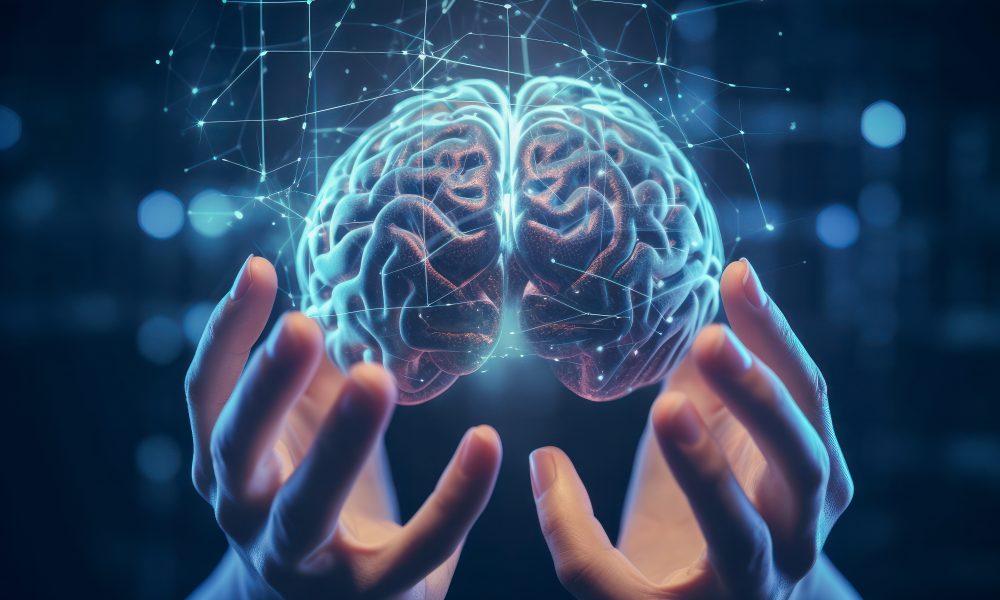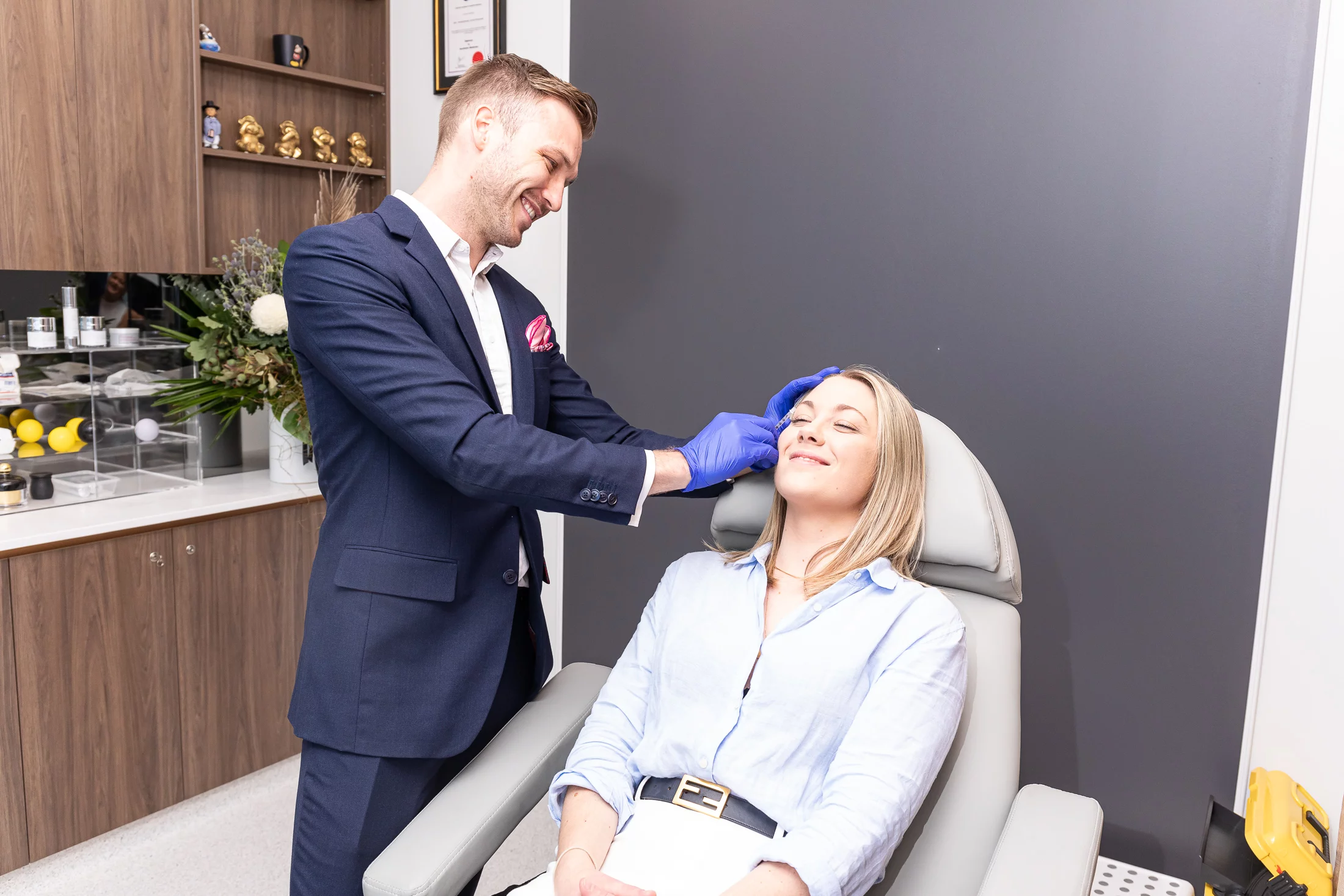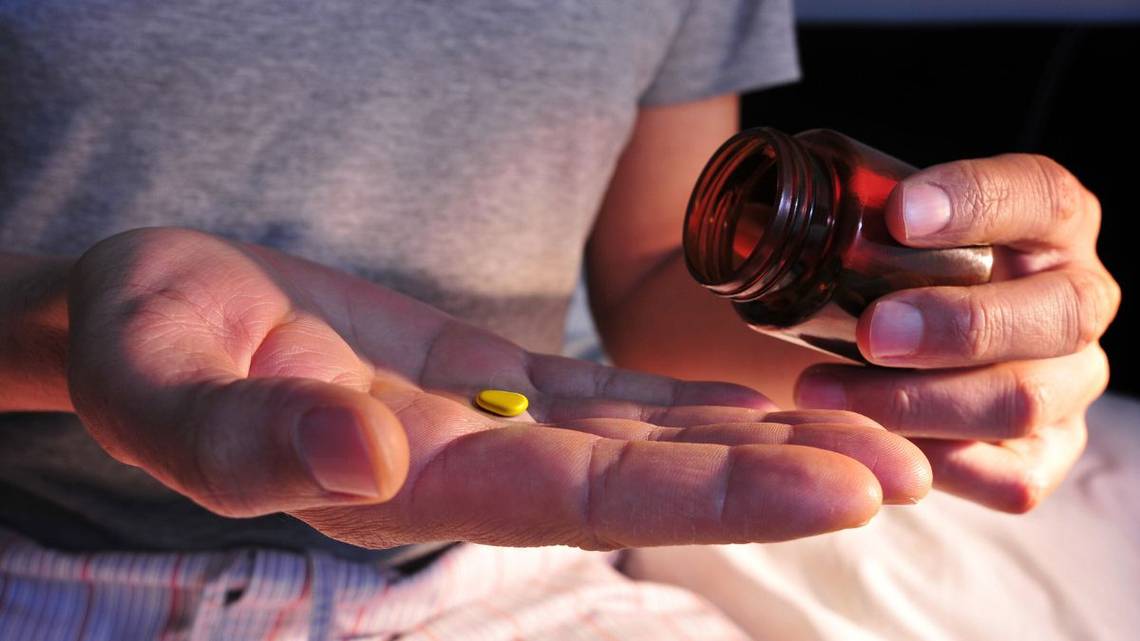A stroke is a medical emergency that occurs when blood flow to the brain is interrupted or reduced, leading to brain cell damage and potentially life-threatening consequences. It is a leading cause of disability and death worldwide. However, with the right knowledge and proactive measures, stroke can be prevented, diagnosed early, and effectively treated. In this blog post, we will explore the importance of stroke prevention, the diagnostic methods available, and the treatment options that can help save lives and minimize long-term disabilities.
Prevention: The Best Defense Against Stroke
- Lifestyle Modifications: Adopting a healthy lifestyle is crucial for stroke prevention. This includes regular exercise, a balanced diet rich in fruits, vegetables, and whole grains, maintaining a healthy weight, and avoiding excessive alcohol consumption.
- Managing Medical Conditions: Certain medical conditions, such as high blood pressure, high cholesterol, diabetes, and atrial fibrillation, increase the risk of stroke. It is essential to work closely with healthcare providers to manage these conditions through medication, lifestyle changes, and regular check-ups.
- Smoking Cessation: Smoking significantly increases the risk of stroke. Quitting smoking is one of the most impactful steps one can take to reduce the risk of stroke and improve overall health.
- Controlling Blood Pressure: High blood pressure is a major risk factor for stroke. Regular blood pressure monitoring, adherence to prescribed medications, and lifestyle modifications can help control blood pressure and reduce the risk of stroke.
Diagnosis: Recognizing the Signs and Acting Fast
Recognizing the signs of a stroke is crucial for early diagnosis and prompt treatment. The most common symptoms of a stroke include sudden weakness or numbness on one side of the face or body, difficulty speaking or understanding speech, severe headache, dizziness, and trouble with coordination or balance.
If you or someone around you experiences these symptoms, it is essential to act quickly and call emergency services. Remember the acronym FAST:
- Face: Ask the person to smile. Does one side of their face droop?
- Arms: Ask the person to raise both arms. Does one arm drift downward?
- Speech: Ask the person to repeat a simple phrase. Is their speech slurred or strange?
- Time: Time is of the essence. If you observe any of these signs, call emergency services immediately.
Treatment: Saving Lives and Reducing Disabilities
- Clot-Busting Medication: If a stroke is caused by a blood clot (ischemic stroke), the administration of clot-busting medication within a specific time frame can help dissolve the clot and restore blood flow to the brain. Prompt medical attention is vital for this treatment option.
- Mechanical Thrombectomy: In some cases of ischemic stroke, a mechanical thrombectomy procedure may be performed. This involves removing the clot from the blocked blood vessel using specialized tools, restoring blood flow and reducing the damage caused by the stroke.
- Rehabilitation: After a stroke, rehabilitation plays a critical role in helping individuals regain lost abilities and improve their quality of life. Rehabilitation programs may include physical therapy, speech therapy, occupational therapy, and psychological support.
Conclusion
Stroke is a serious and potentially devastating condition, but it is preventable, diagnosable, and treatable. By adopting a healthy lifestyle, managing underlying medical conditions, recognizing the signs of a stroke, and acting promptly, we can reduce the burden of stroke and save lives. Additionally, ongoing research and advancements in medical technology continue to improve treatment options and rehabilitation outcomes. Together, let us raise awareness, prioritize prevention, and ensure early access to quality care, striving for a future where strokes are minimized, lives are saved, and the impact of this debilitating condition is greatly reduced.






